The ship’s intercom crackled to life. Captain Oliver’s voice echoed through the corridors, “Ladies and gentlemen, there will be no Welcome Party tonight. My apologies for the rough seas on our voyage to The White Continent. The festivities will be rescheduled when everyone has their sea legs beneath them.”
Drakes Passage
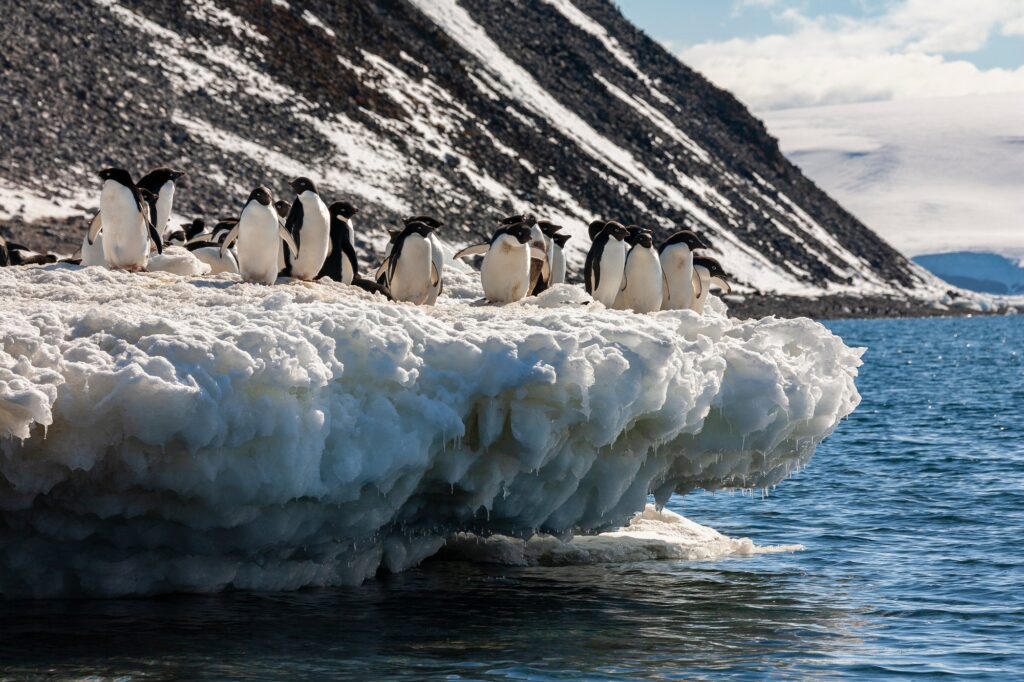
It was a disappointing announcement after our departure from Ushuaia, Argentina, the famed “End of the World.” Our anticipation of celebrating our journey to Antartica was dampened by the hostile weather in the Drake Passage. The relentless winds and towering forty-foot waves confined us to our cabins for a couple of days. Our meals were limited to bonine, dramamine, and scopolamine. The ship swayed and rolled, and the empty dining room echoed with the sound of shattering china.
Captain Cook
In the midst of this turbulent crossing, my thoughts wandered to the legendary Captain James Cook. He is a figure of unyielding determination and daring. His remarkable expeditions from 1768 to 1780 took him to the farthest reaches of the Earth. He traveled from Tahiti to Siberia, and from Easter Island to the Great Barrier Reef. In 1772 he sailed south for 117 days toward Antarctica. His ship, the Resolution, encountered the harsh elements of the Southern Ocean. While crossing the 71st parallel during January 1773 Cook’s progress was thwarted by the unforgiving pack ice. He was only seventy-five miles from the Antarctic continent when he aborted his journey.
White Continent
Cook subsequently attempted to reach the White Continent in December 1773 and then again in January 1774. Cook’s steadfast resolve to reach the White Continent faced repeated challenges. His final attempt was blocked by an unyielding expanse of sea ice in the Amundsen Sea. He had lofty ambitions to venture as far as humanly possible. Cook found solace in this interruption, as it alleviated some perils inherent in navigating the Southern Polar Regions.
As we braved the tempestuous Drake Passage, I couldn’t help but wonder about Cook’s unfulfilled quest. Would we also would face a similar fate? The unknown territory that lay ahead left us awake and pondering. The echoes of Cook’s determined spirit resonated in our minds.
Aitcho Island Antarctica
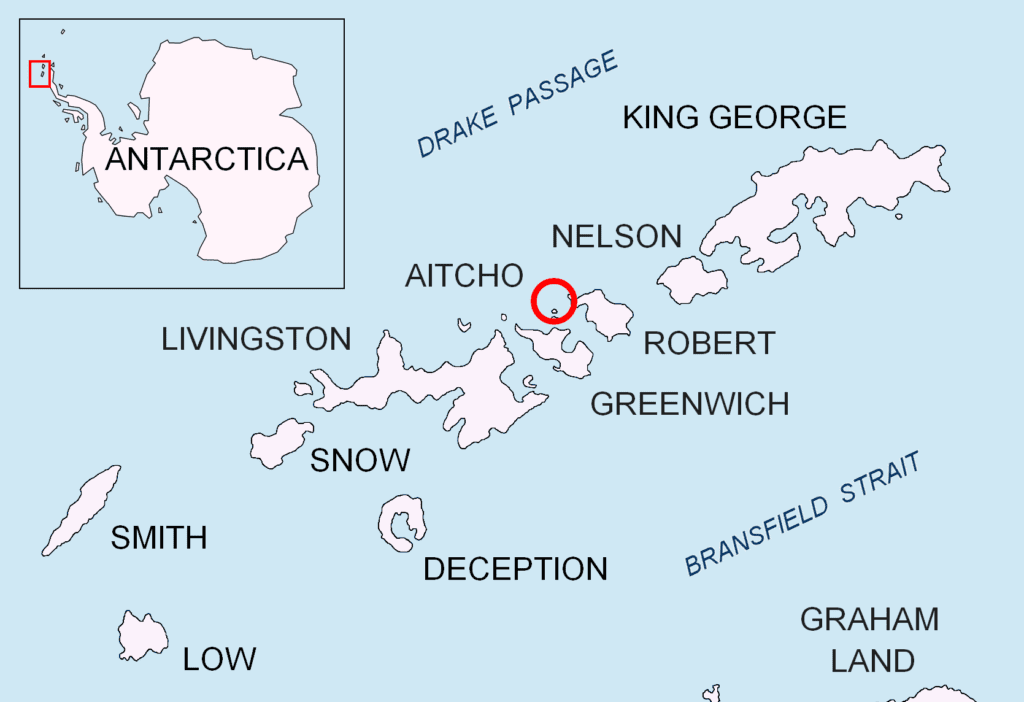
Eventually, the stormy seas relented, and our ship safely completed the 621-mile journey through the Drake Passage. Our spirits lifted when our Captain announced we would soon land on Aitcho Island in Antarctica. This was our long-awaited welcome to the White Continent.
Donning layers of clothing to brave the Antarctic chill, we joined our fellow passengers from around the world. Then we boarded zodiac inflatable boats to make our way to the snow-covered beach.
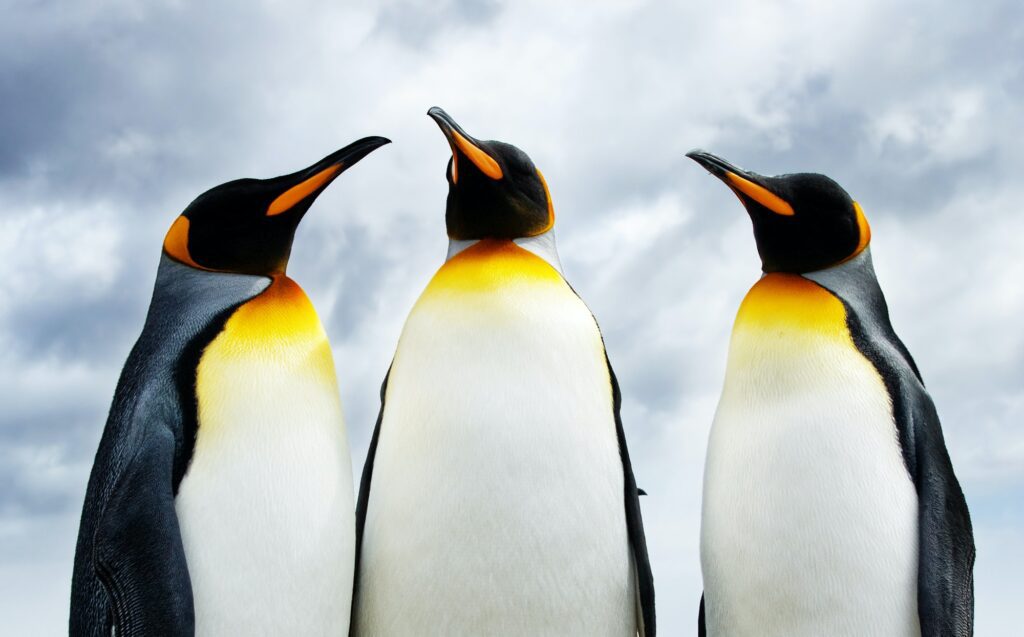
To our delight, a charming Welcome Committee of three King Penguins greeted us. Their playful demeanor provided a heartwarming introduction to this pristine land.
We then trudged up to the island’s peak through knee-deep snow, where we were met with a surreal sight. There before us were thousands of orange-beaked gentoo penguins tending to their egg nests amidst the surrounding piles of guano.
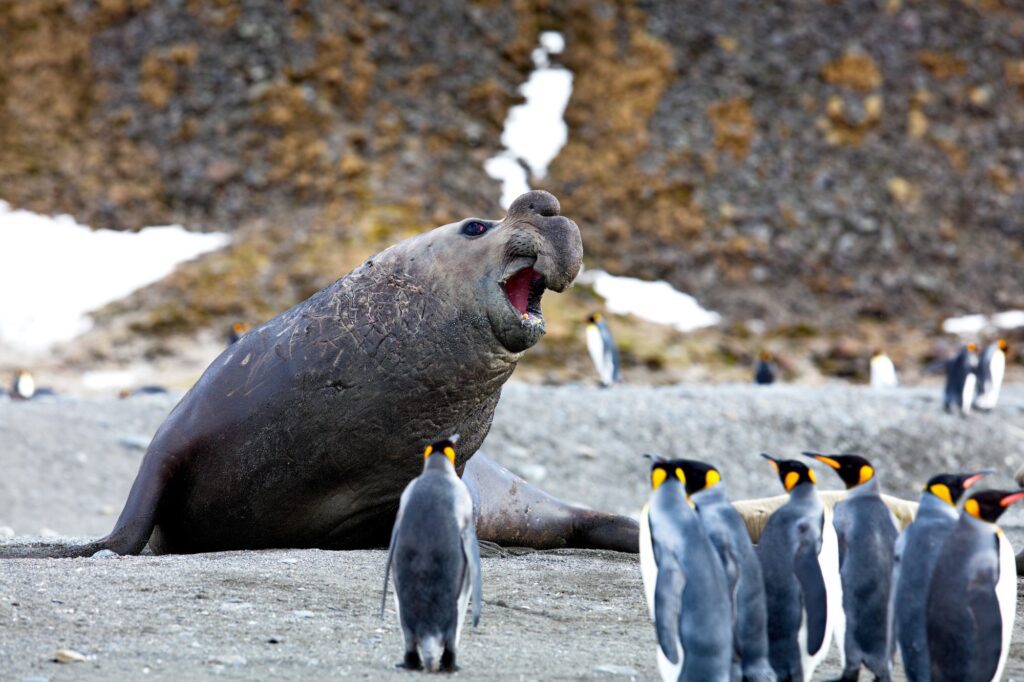
Their comical waddle and endearing antics offered a glimpse into the daily life of these resilient creatures. The playful banter among the passengers added to the lively atmosphere, with each observer finding amusement in the penguins’ whimsical behaviors.
The culmination of our arrival on Aitcho Island was marked by a captivating performance put on by the resident penguins. Their synchronized movements and spirited chirping, accompanied by the resonant snores of elephant seals, spoke volumes about the vibrant biodiversity of this unique environment. Indeed, their spirited display seemed to mirror our exuberance at finally setting foot on the White Continent.
Pauley Island Antarctica
The following morning brought a rare and wondrous sight. There on a jagged iceberg stood an Emperor Penguin with a large group of chicks.
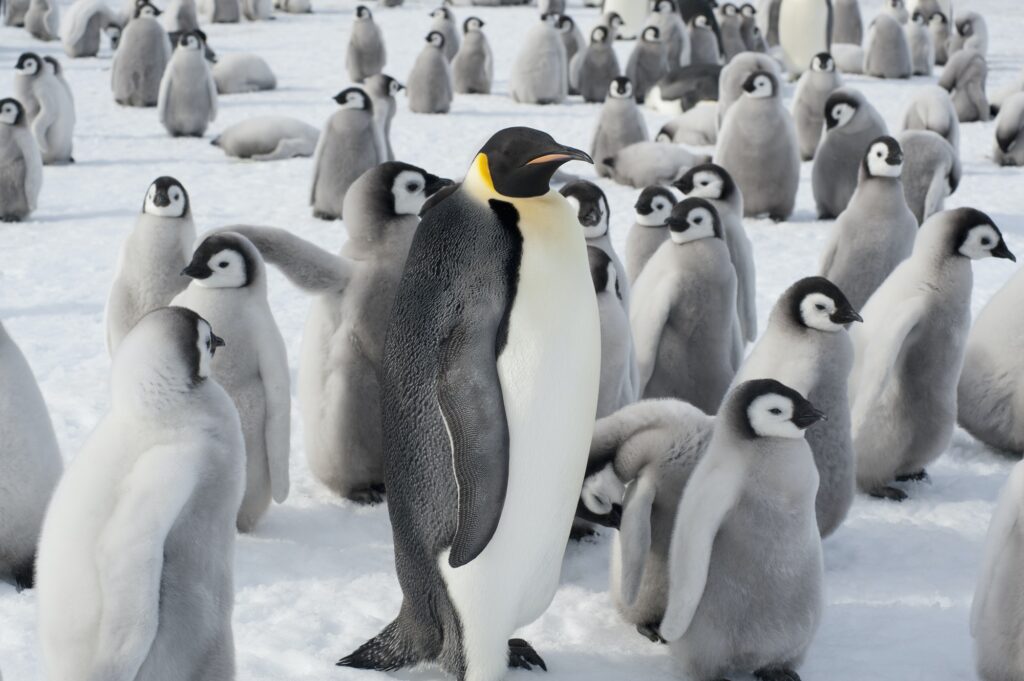
Our Captain echoed the sighting through our cabin loudspeakers. Emperors move southward on the sea ice, our Captain continued, then swim to their colony sites. They seek out last year’s mate, calling for them. Once together they start a new family.
Suited in vivid red parkas, we ventured into our Zodiacs for an intimate encounter with awe-inspiring icebergs, each a spectacle of natural artistry. The Adelie penguins, with their energetic flapping and spirited calls, added an element of whimsy to our expedition, while the ship’s culinary offerings provided a stark contrast to the provisions faced by Cook and his crew.
Deception Island Antarctica
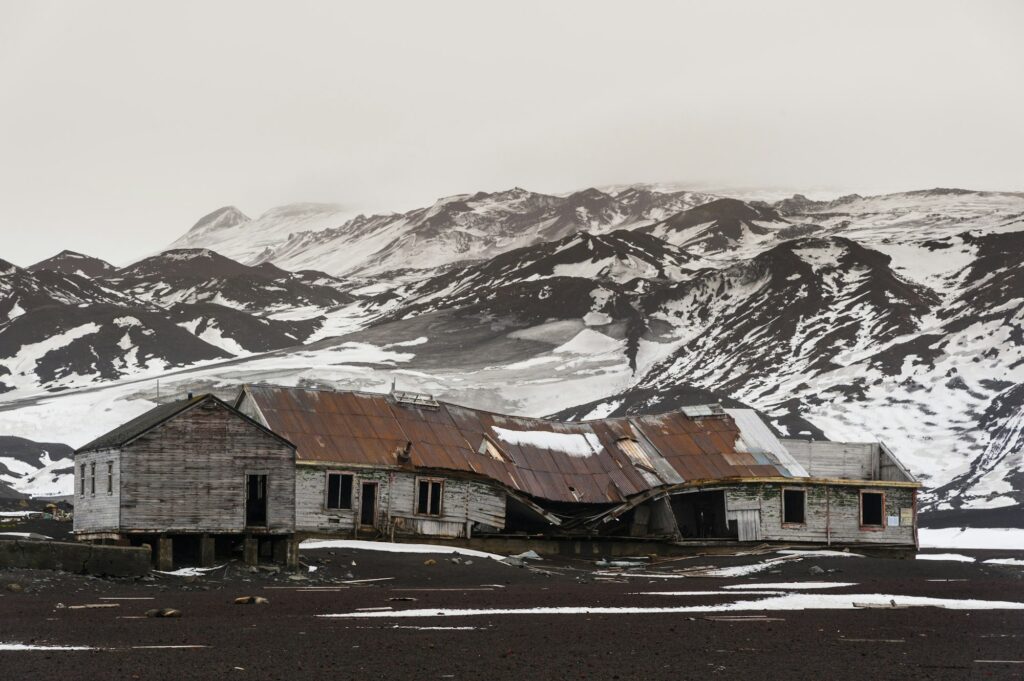
Back on our ship, we feasted on omelets, flaky croissants, and fresh fruit. Hardly what Captain Cook and his crew ate on their journeys. They subsisted on weevil-ridden baskets, salt beef and pork. After food ran out they survived on sea lions, seals, albatrosses and penguins. “I cannot say they are good eating” Cook drolly wrote.
After enduring a turbulent night of gale force winds and towering waves, we awoke to a serene day, anchored offshore Deception Island. Here, amidst the remnants of historic whaling stations, we found solace in a shoreline hot springs swimming pool, a welcome respite from the previous night’s tempest. The soothing embrace of the warm water washed away any lingering anxieties, allowing us to revel at the moment, much like carefree children at play.
Half Moon Island Antarctica
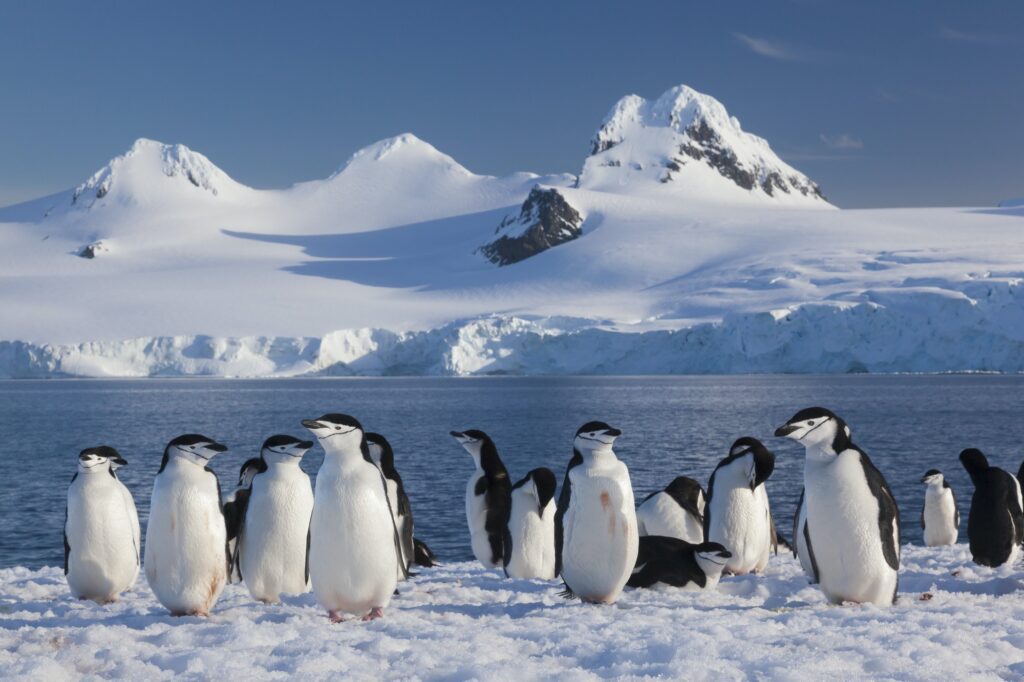
The luminous sun was bouncing rays off distant glaciers, casting a radiant glow over our surroundings. Walking among chattering chinstrap penguins on Half Moon Island, we found ourselves reflecting on Captain Cook’s valiant efforts to chart these unknown waters. Our shared experiences, braving the elements and forging a connection with Antarctica’s pristine landscapes, became a testament to human resilience and the spirit of exploration.
Our journey continued towards The White Continent, where colossal icebergs painted an ethereal landscape against the backdrop of the midnight sun. It was a surreal spectacle, evoking a sense of reverence for the untouched beauty that surrounded us. The ship’s onboard experts regaled us with tales of the region’s unique wildlife, from the elusive leopard seals to the acrobatic humpback whales that breached the icy waters.
Navigating through narrow channels, we marveled at towering cliffs adorned with ice formations that glistened like diamonds. It was a stark contrast to Cook’s navigational challenges, and we couldn’t help but appreciate the technological advancements that made our voyage possible. The ship’s captain skillfully maneuvered through icy passages, showcasing the progress humanity has made since Cook’s era.
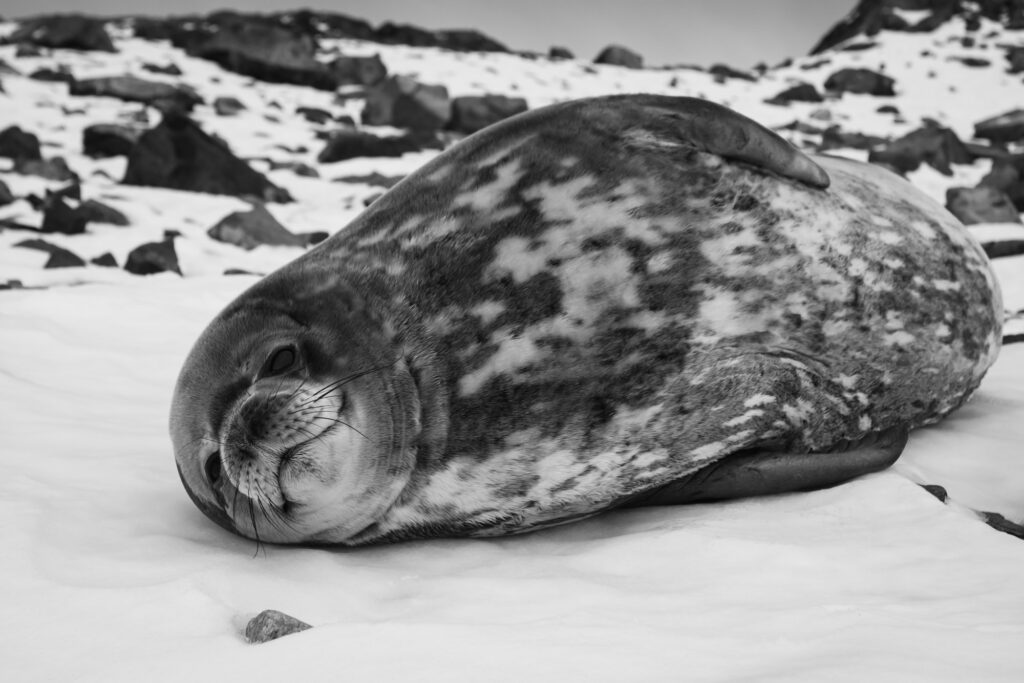
Port Lockroy Antarctica
One particularly memorable day unfolded at Port Lockroy, a former British research station turned museum. Amidst the relics of Antarctica’s scientific history, we sent postcards from the southernmost post office in the world, a whimsical gesture connecting us to explorers of the past. The echoes of Cook’s expeditions resonated, reminding us of the relentless pursuit of knowledge that has defined Antarctic exploration for centuries.
Weddell Seal Encounter
Our Antarctic odyssey took an unexpected turn when we encountered a Weddell seal lounging on an ice floe. Its sleek, mottled coat and soulful eyes held a captivating allure. As we observed from a respectful distance, the seal’s languid movements seemed to convey a deep connection with the serene surroundings, a poignant reminder of the fragile balance of life in this harsh environment.
The journey also provided an opportunity to delve into the continent’s scientific significance. Lectures from onboard naturalists enlightened us about ongoing research, emphasizing the critical role Antarctica plays in understanding global climate patterns. It added a layer of purpose to our expedition, fostering a collective commitment to environmental stewardship.
Neko Harbor Antarctica
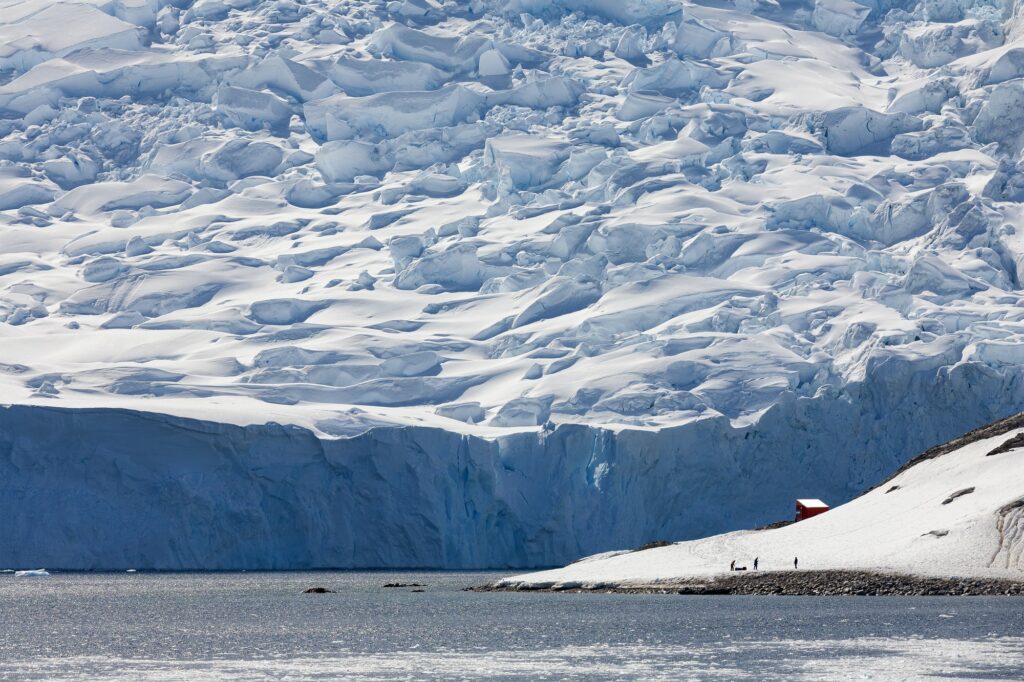
Our final landing on the Antarctic mainland at Neko Harbor left an indelible mark on our souls. Stepping onto the rocky terrain, surrounded by majestic peaks and glaciers, we felt an overwhelming sense of humility. The silence was profound, broken only by the distant call of seabirds and the occasional creaking of shifting ice.
In the spirit of exploration, we ascended to a vantage point overlooking the vast expanse of the Gerlache Strait. The panorama before us embodied the untouched grandeur of Antarctica, a landscape unchanged by time. It prompted reflections on Cook’s relentless pursuit of uncharted territories and the privilege we had to witness the culmination of centuries of exploration.
Argentina Awaits
As our ship set sail back through the Drake Passage, the mood aboard was a mix of fulfillment and nostalgia. We shared stories of encounters with Antarctic wildlife, the mesmerizing landscapes, and the camaraderie forged during our expedition. The ship’s crew, much like Cook’s resilient sailors, navigated the turbulent waters with expertise, ensuring a safe return to familiar shores.
The journey concluded where it began, in Ushuaia, Argentina.
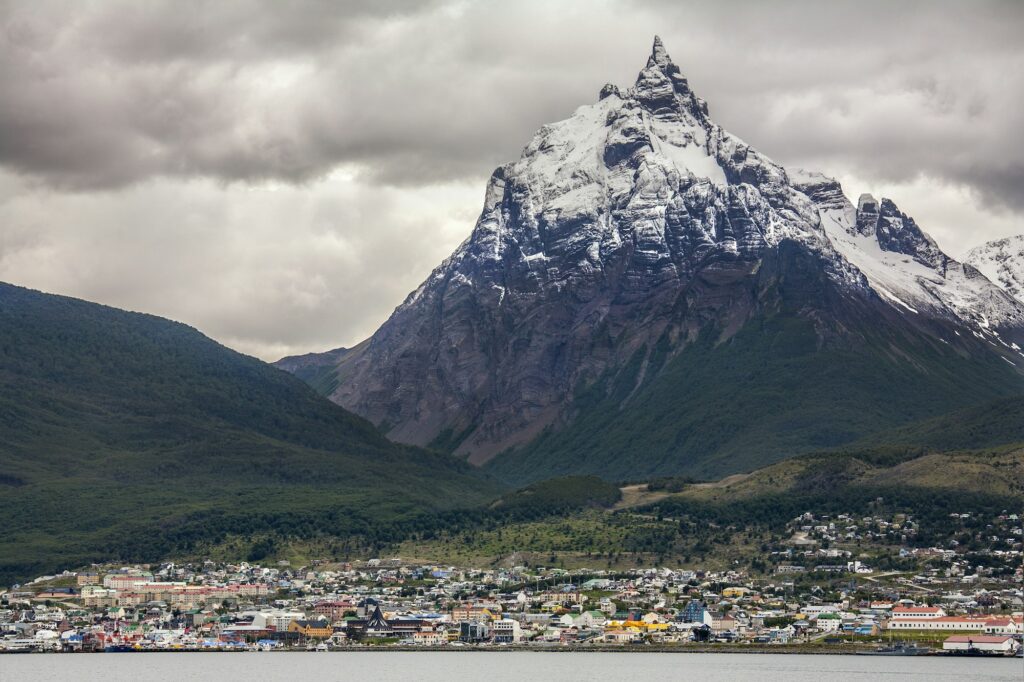
Standing on the deck as the ship docked, we couldn’t help but feel a profound gratitude for the experience—a voyage that transcended the physical boundaries of the journey itself. Our hearts were filled with a deep appreciation for the indomitable spirit of exploration that binds generations of adventurers, from Cook’s era to our own.
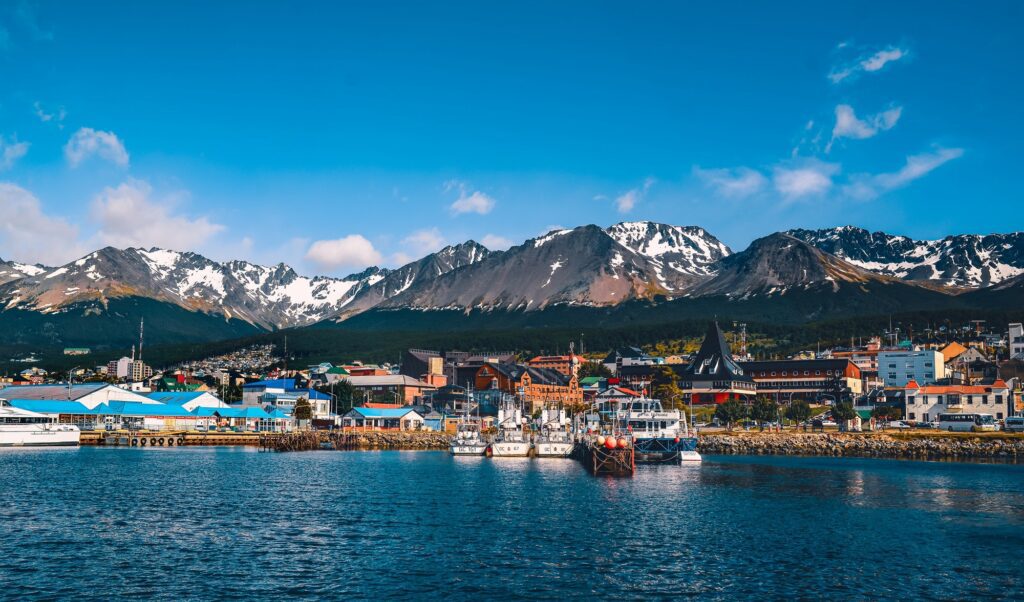
In the final moments, as we disembarked, Captain Oliver’s voice echoed once more, expressing gratitude for joining this extraordinary expedition. The disappointment of the canceled Welcome Party at the start seemed a distant memory, replaced by a sense of awe and reverence for The White Continent. The journey to Antarctica had not only fulfilled a dream but had also connected us to a legacy of exploration that continues to shape our understanding of the world’s last frontier.


